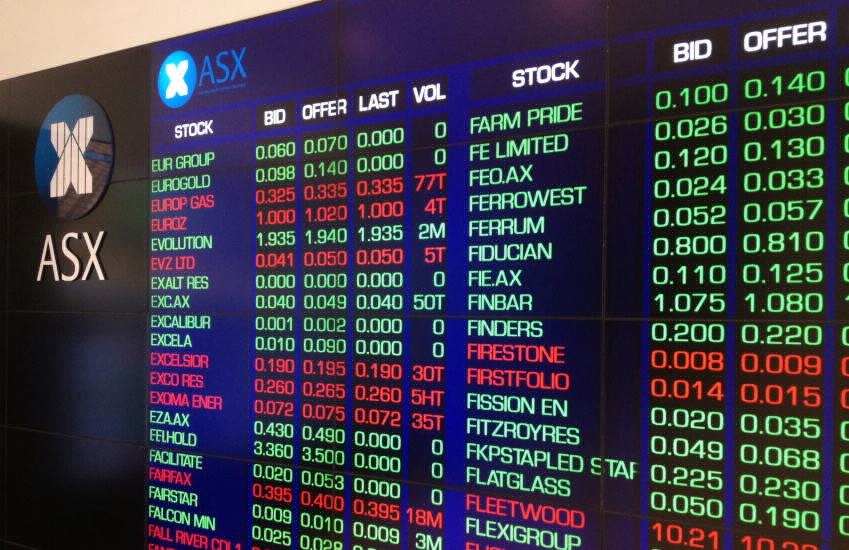High-growth asset allocations leaving SMSF retirees exposed
The dramatic drop in markets in the first quarter of 2020 has shown that some SMSF portfolios for those approaching or in retirement are lacking defensive assets, leaving them vulnerable to sequencing risk.
The long bull market preceding early 2020 left many investors approaching retirement, including SMSFs, complacent in terms of their exposure to high-growth assets, according to Tom Rachcoff, director at Melbourne-based absolute-return fund manager Cor Capital.
“In both equities and bonds, the markets’ performance since 2009 globally had seemed like a one-way street for investors, as central banks around the world sought to stabilise a financial system with negative-interest rate policy (NIRP) and its close cousin, zero-interest rate policy (ZIRP) policies,” Mr Rachcoff said.
“While these were intended to stimulate weak economies, the inevitable result was the increased risk taking needed in portfolios to meet expected rates of return or CPI plus thresholds — because the risk-free rate gave so little nominal reward.”
Taking on a higher exposure to risky assets was rewarding, Mr Rachcoff said. However, investors were then “blinded by the sudden downturn in the first quarter of 2020”.
While the growth assets held by investors were diversified, Mr Rachcoff explained that “all growth risks are sold in risk-off environments”.
“As in the GFC, 2020 first-quarter performance saw most asset classes fall and diversification benefits disappear in a systemic ‘risk off’ environment,” he said.
“By the end of the first quarter of 2020, many investors — including those that could least afford the risk — found themselves shocked at the impact to portfolios.”
They are pre-retirees and retirees, and to them, a market fall across the asset classes — like the first quarter of 2020 — represents “sequencing risk”. And its effects can be diabolical.
Mr Rachcoff said many SMSFs, retirement and high-net-worth portfolios were positioned prior to the COVID-19 crash so that investors thought they had placed a priority on protecting wealth and generating more stable real returns instead of seeking maximum return.
“However, many of these investors did not realise that they were at risk and were sitting on a roller-coaster ride through the sequencing risk zone, with a better-than-even chance of succumbing to human behaviour if markets got stressed,” he explained.
Pre-retirees and retired investors, he said, may want to look at making asset allocations across four low-correlation asset classes — which include cash, bonds, precious metals and developed market equities — and regularly reviewing and rebalancing the weightings in each of these assets.
These sorts of allocations, he said, can help to reduce big losses and neutralise sequencing risk for those in retirement or approaching it, while still providing a stable return.
“Ideally, the pre-retiree and retired investors should have a portfolio that can perform well in a bull-market phase, but more importantly, work to protect capital within the extreme ‘risk off’ environments,” he said.








